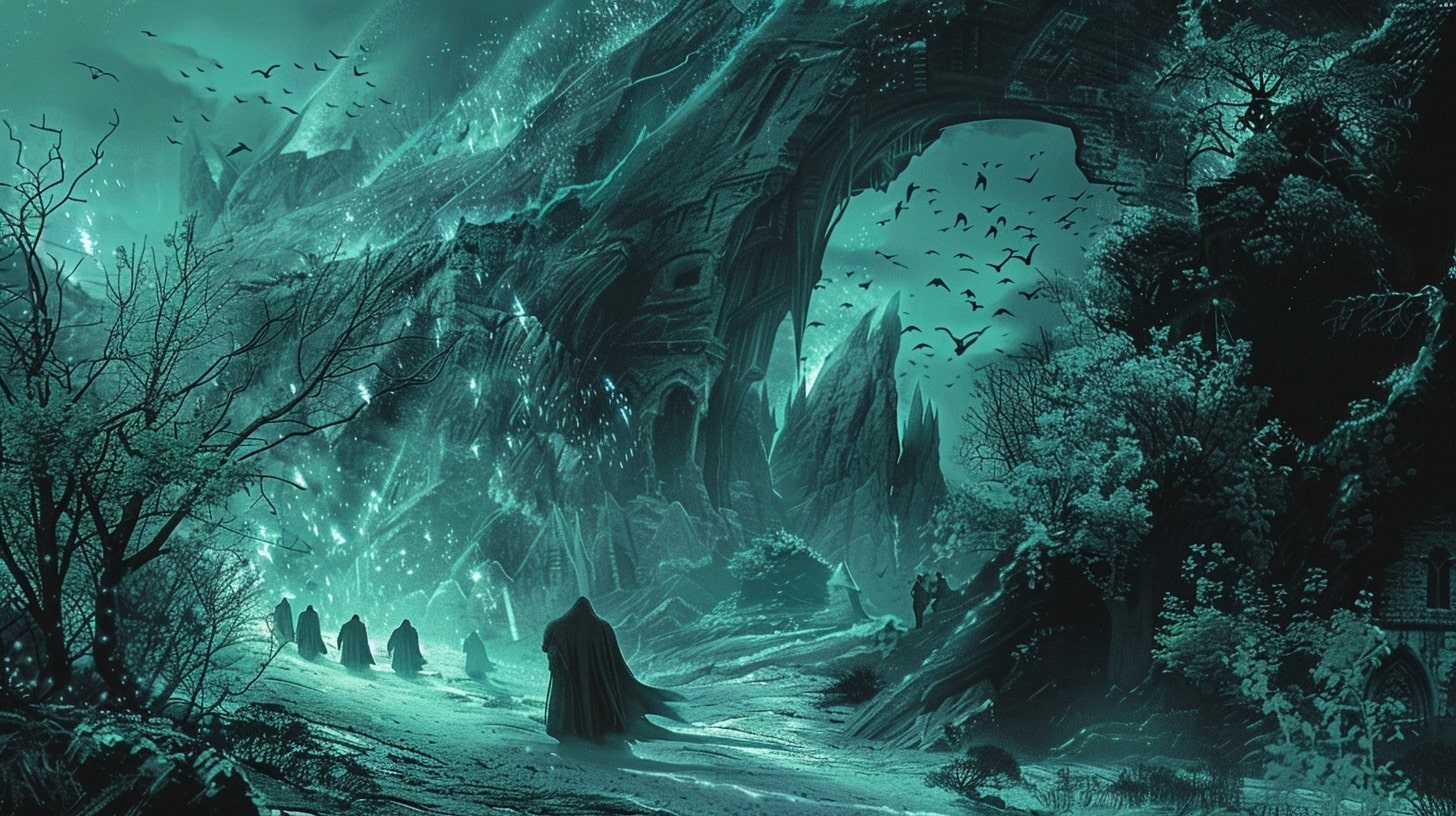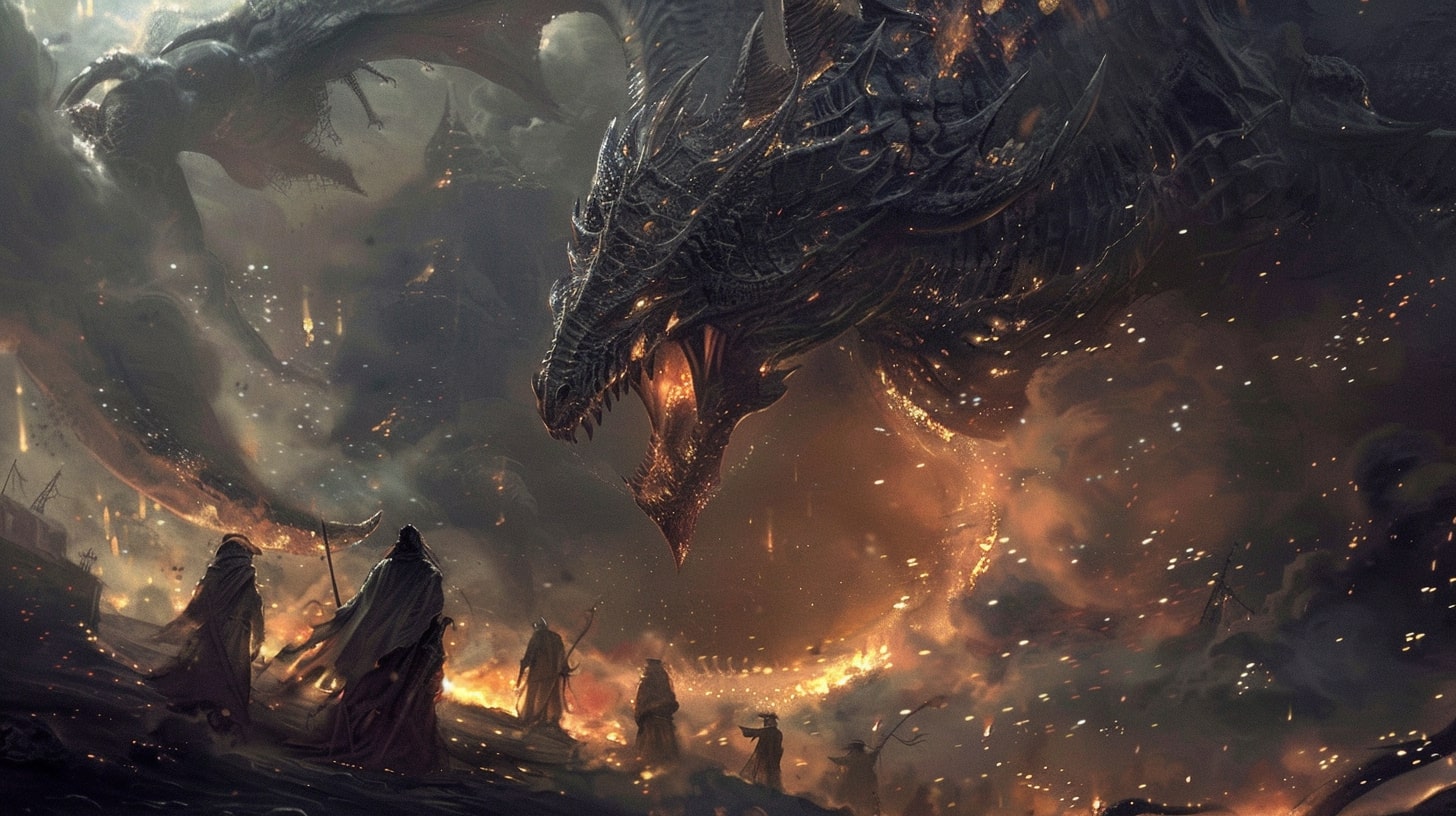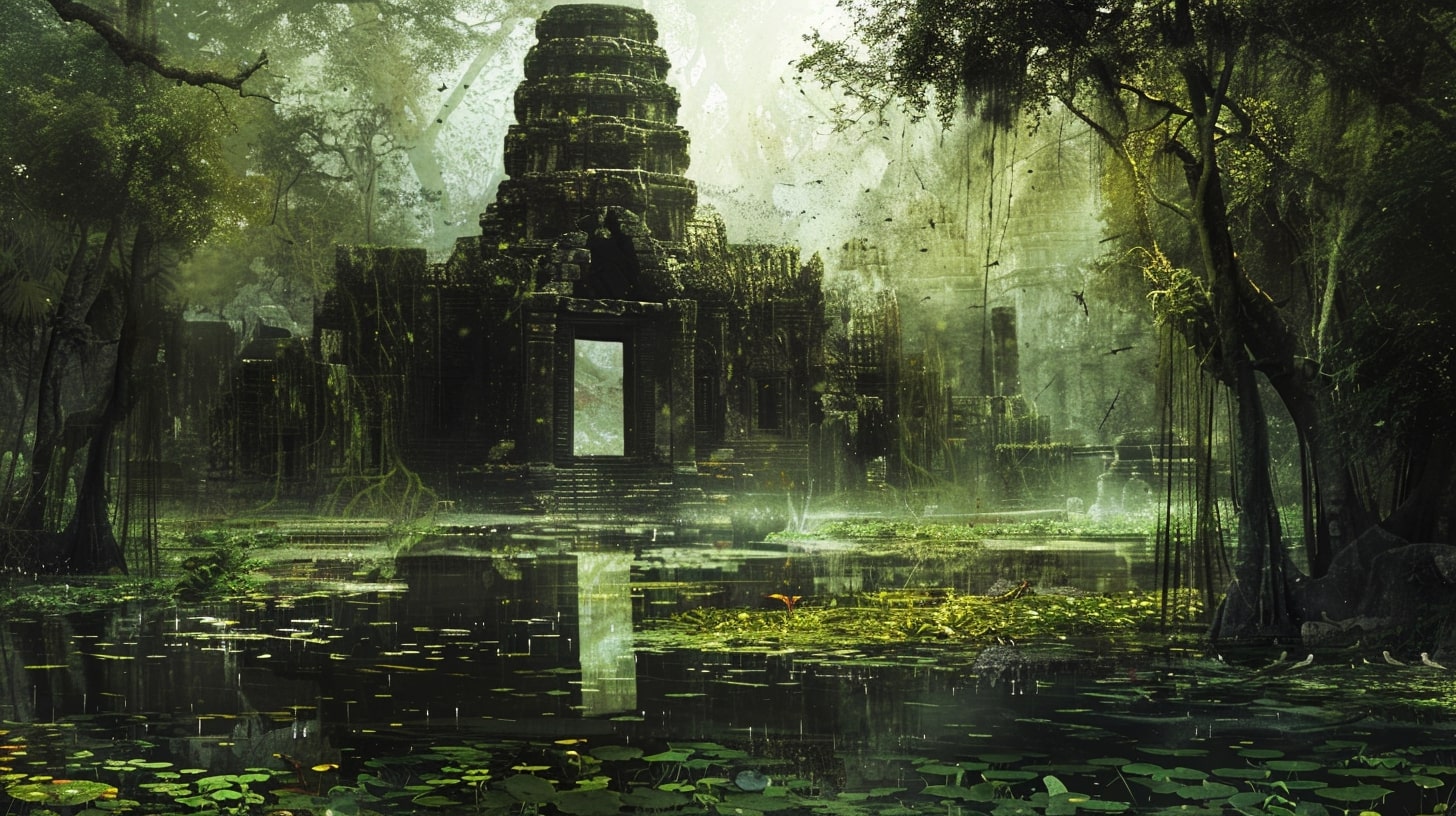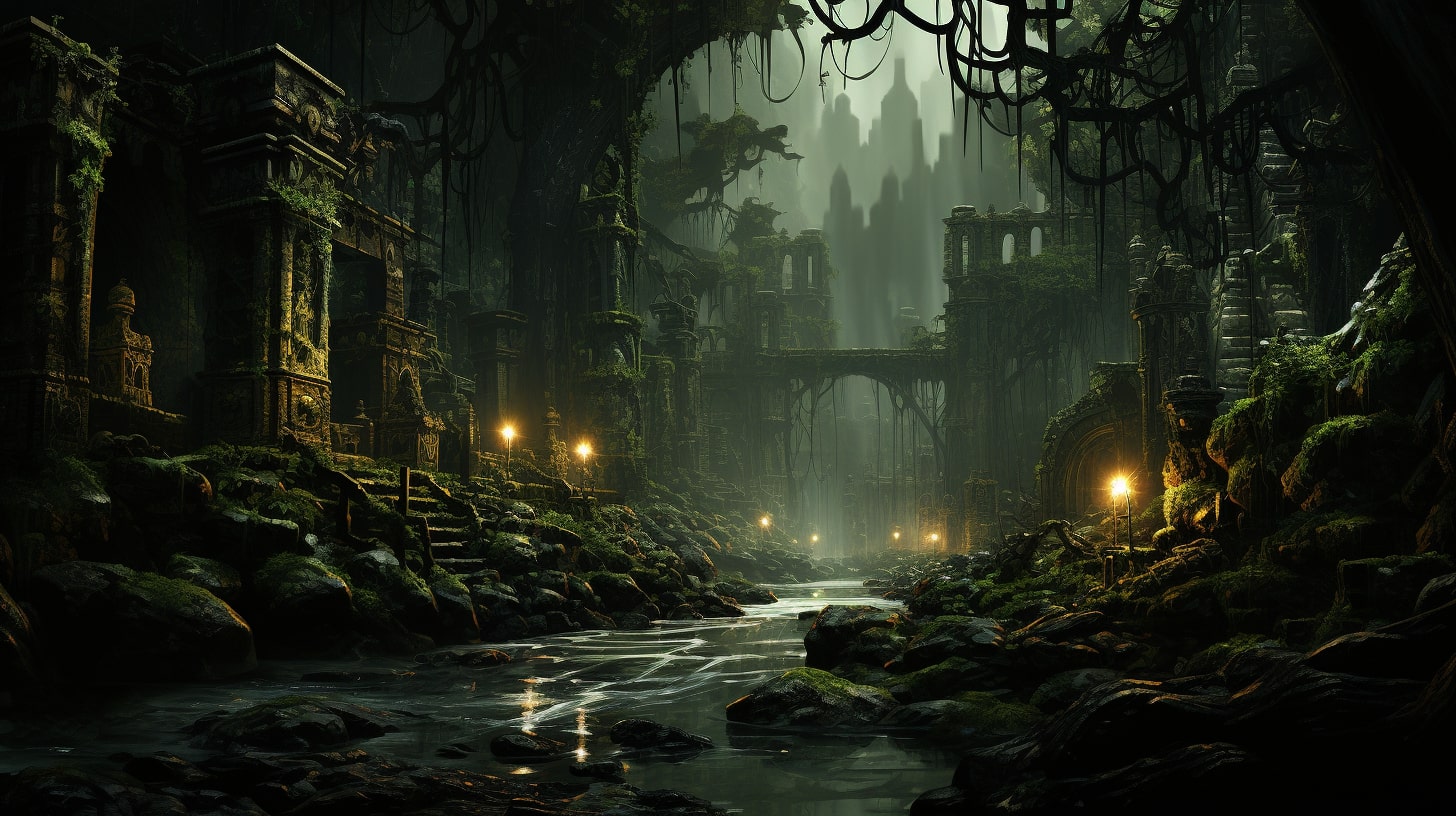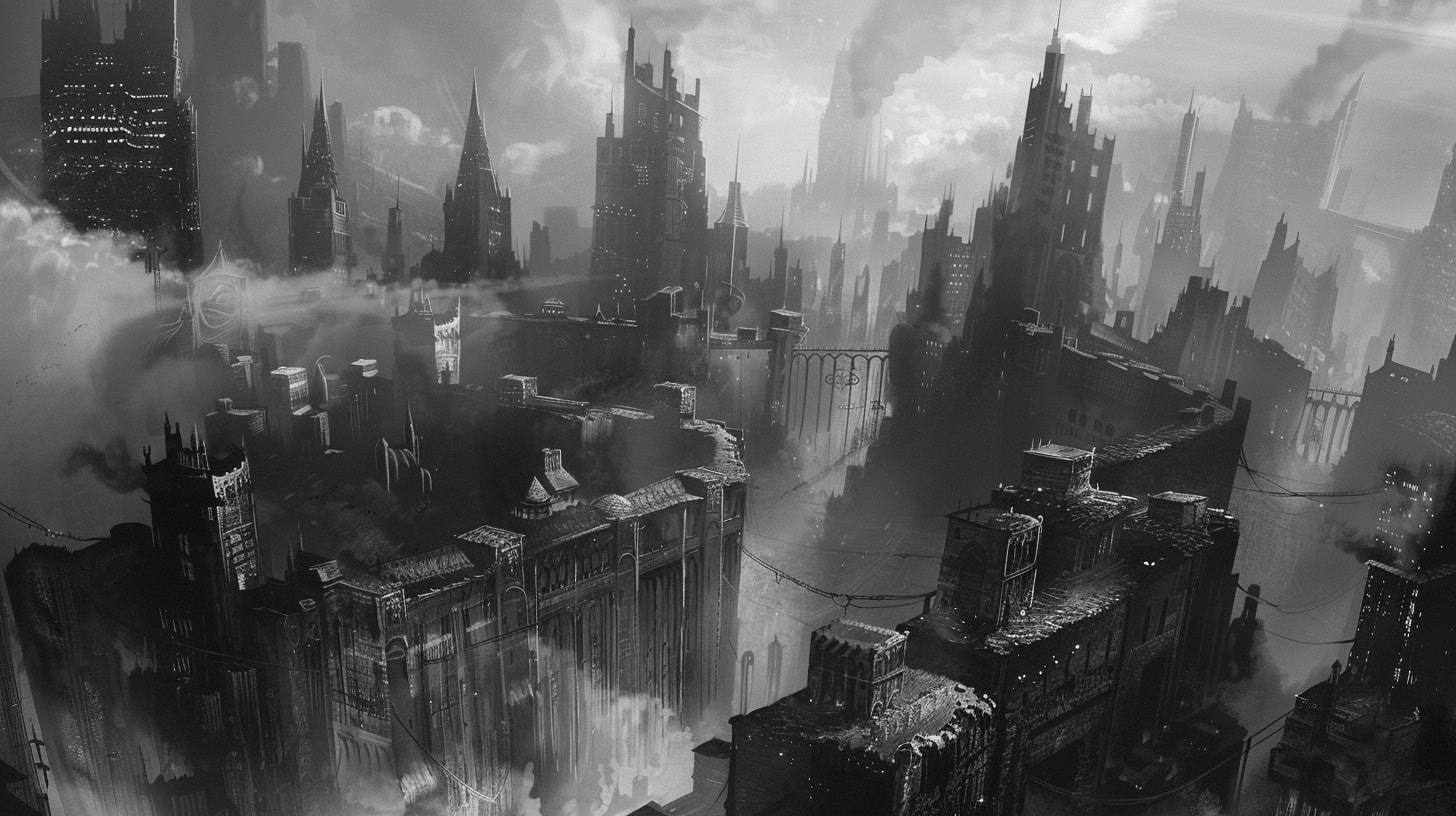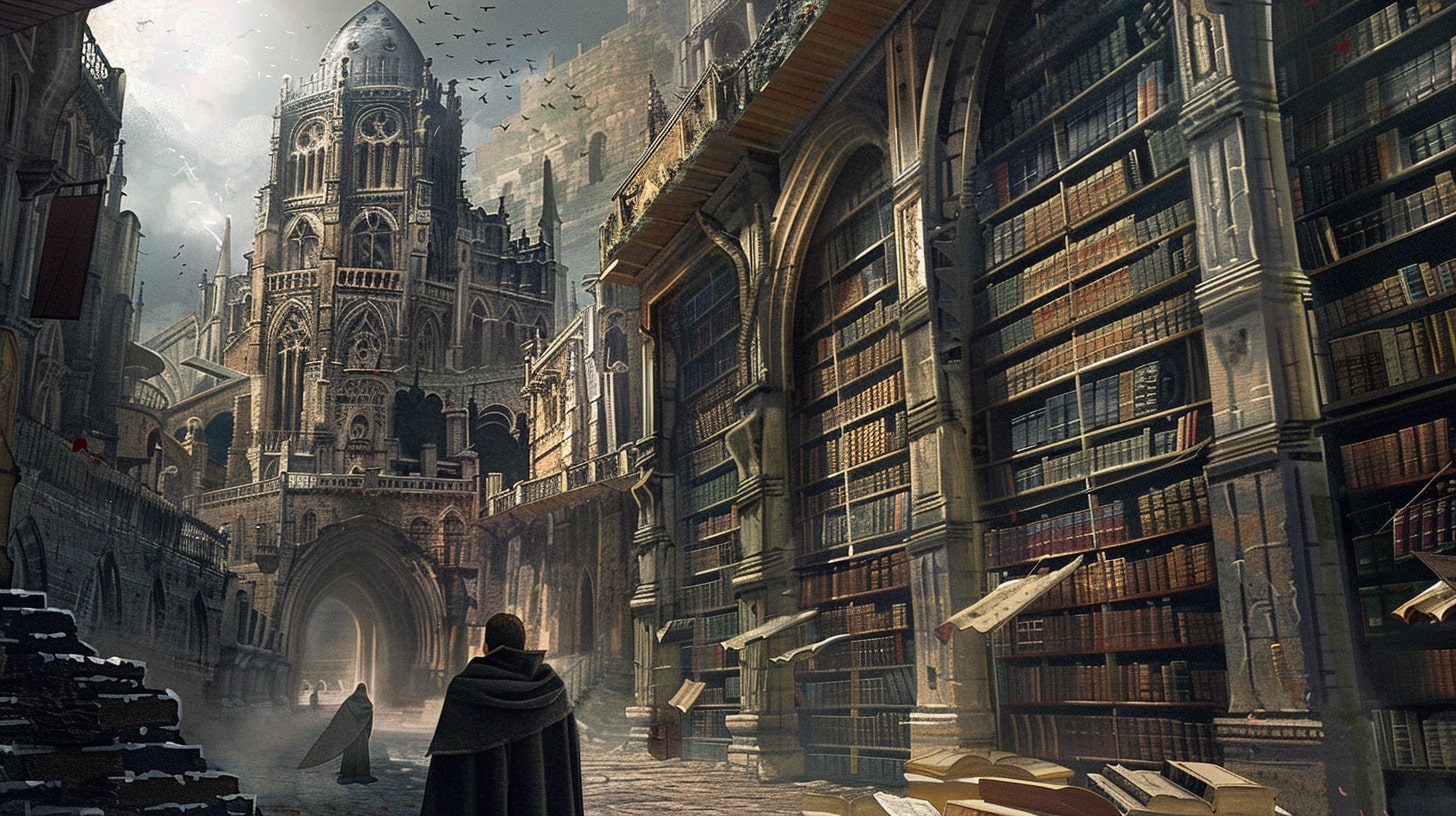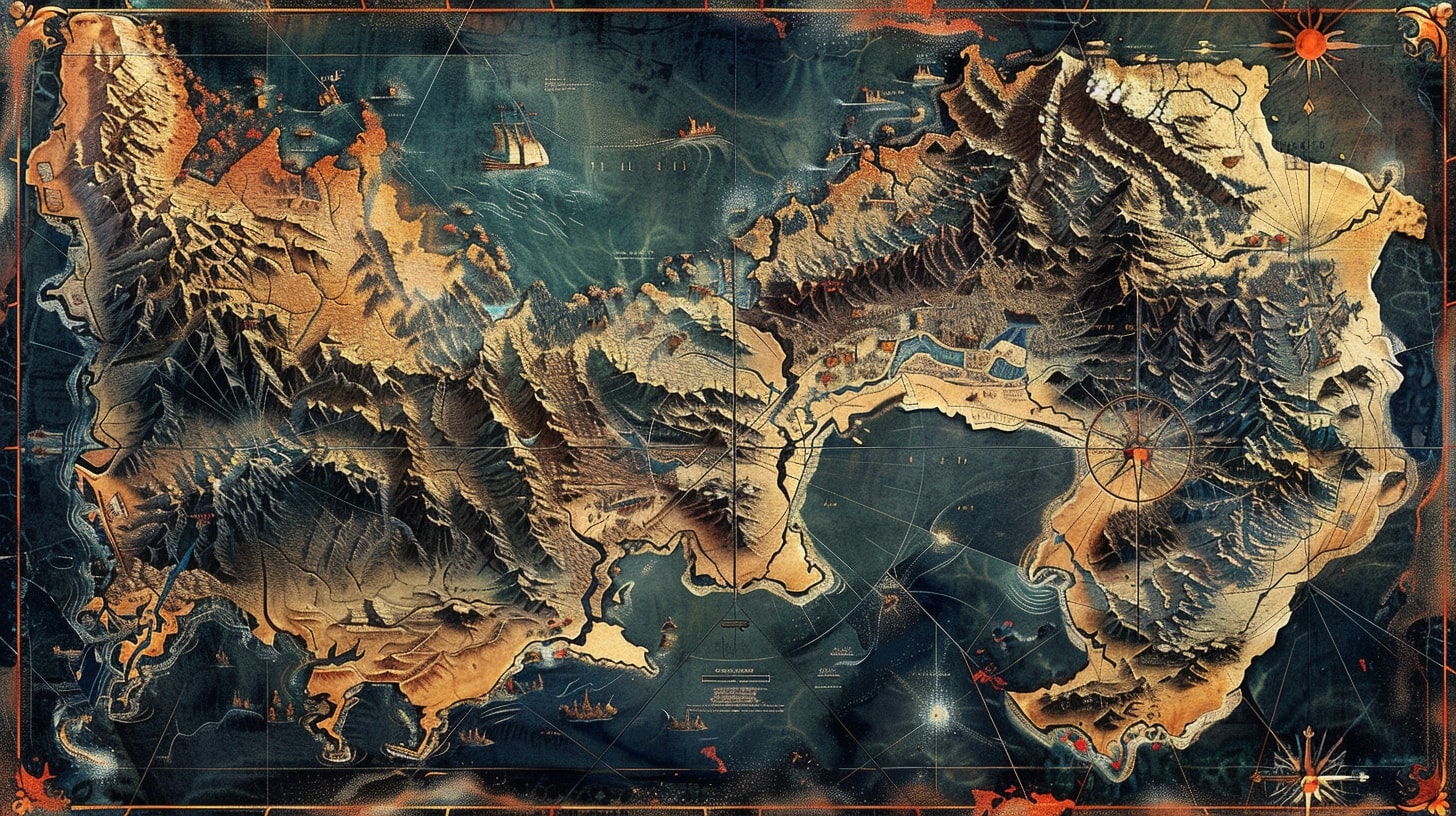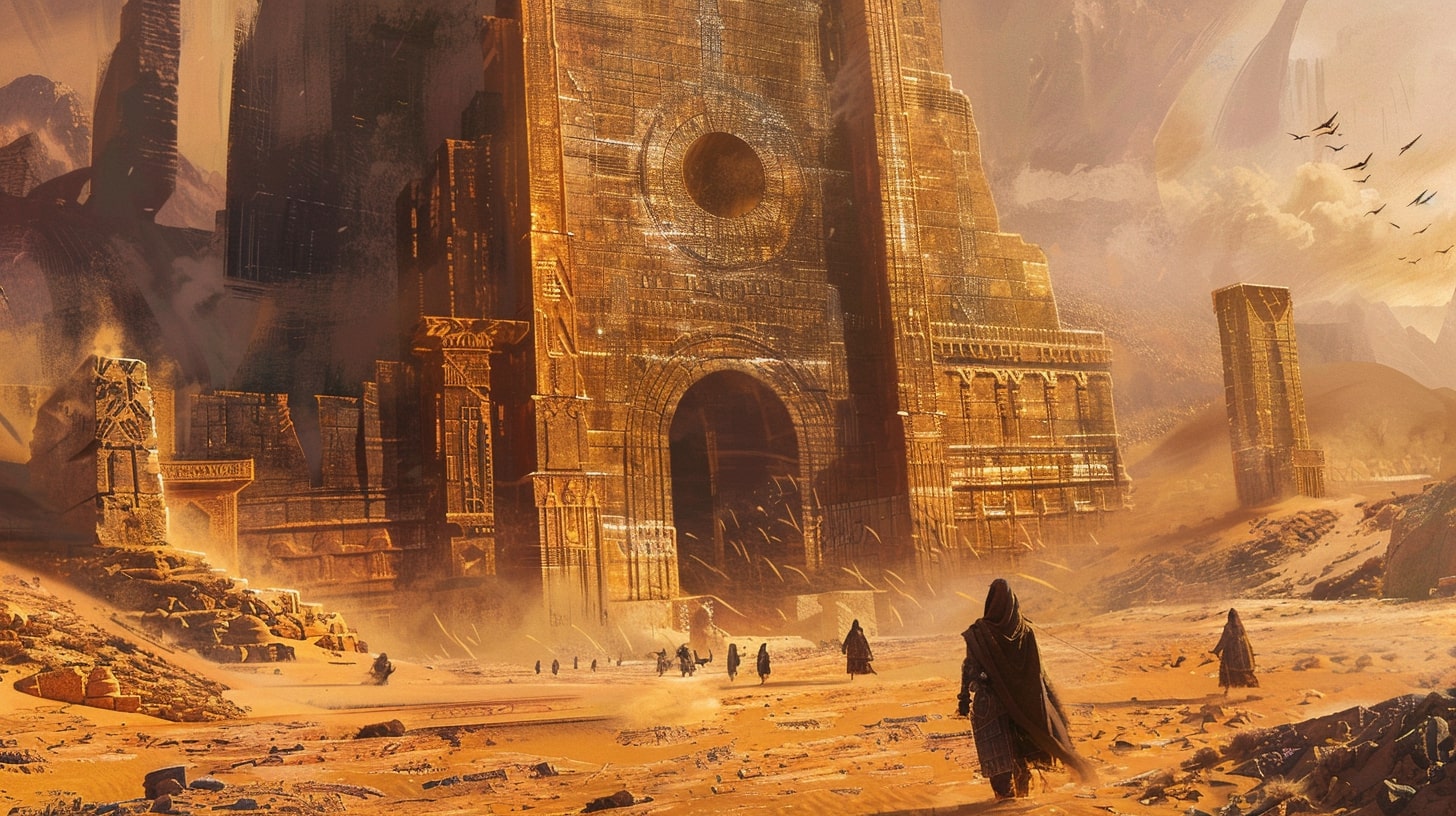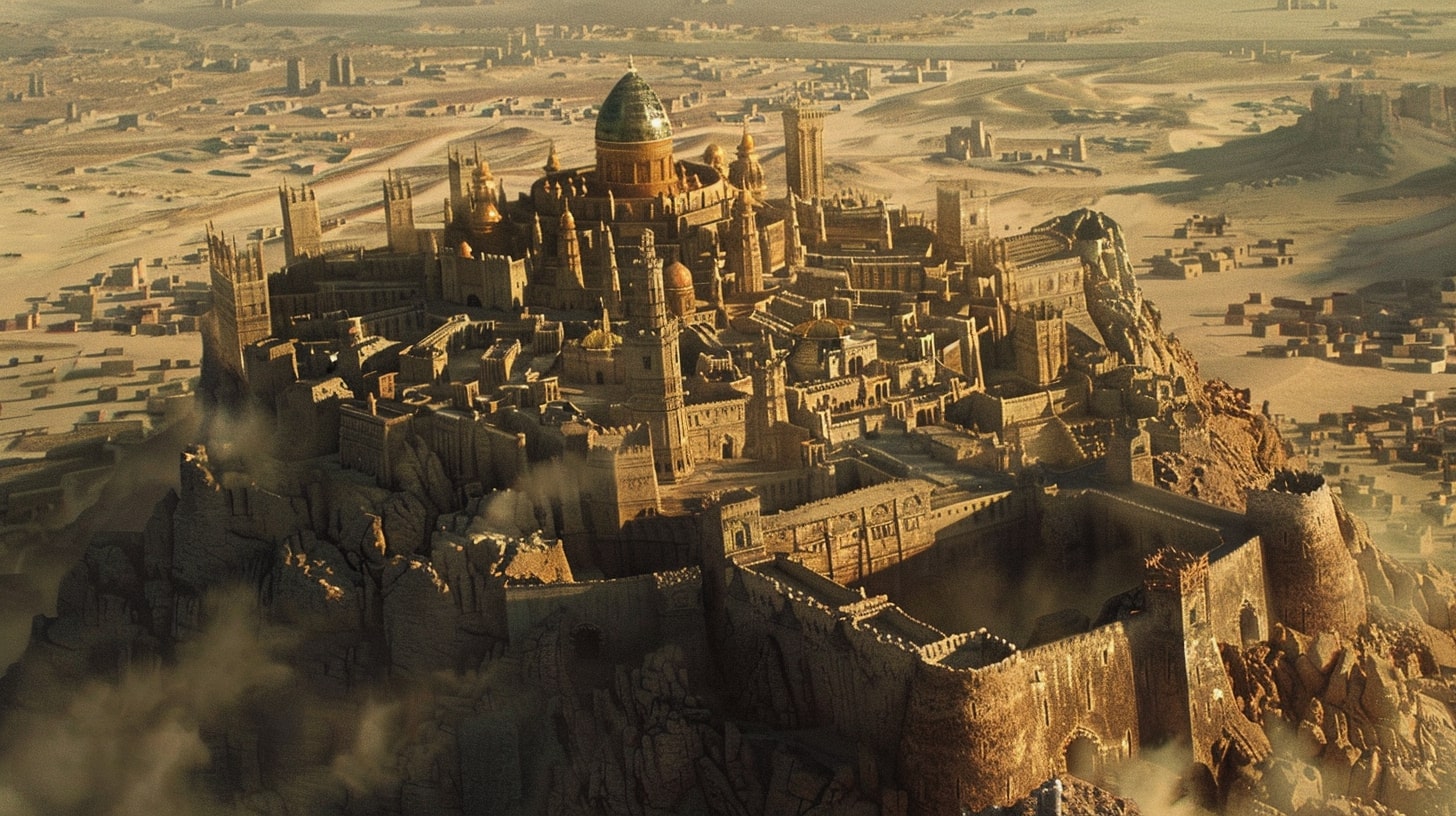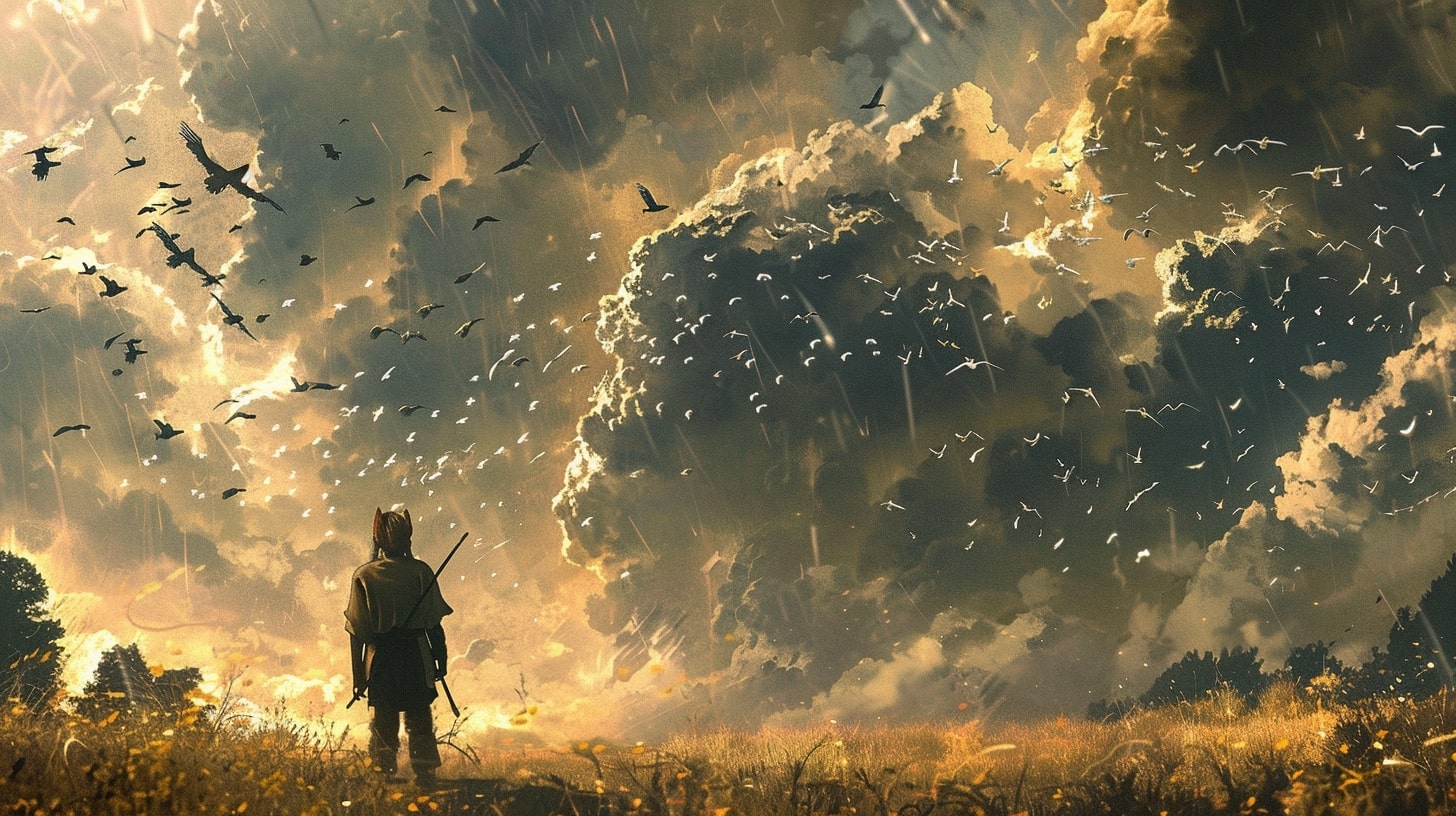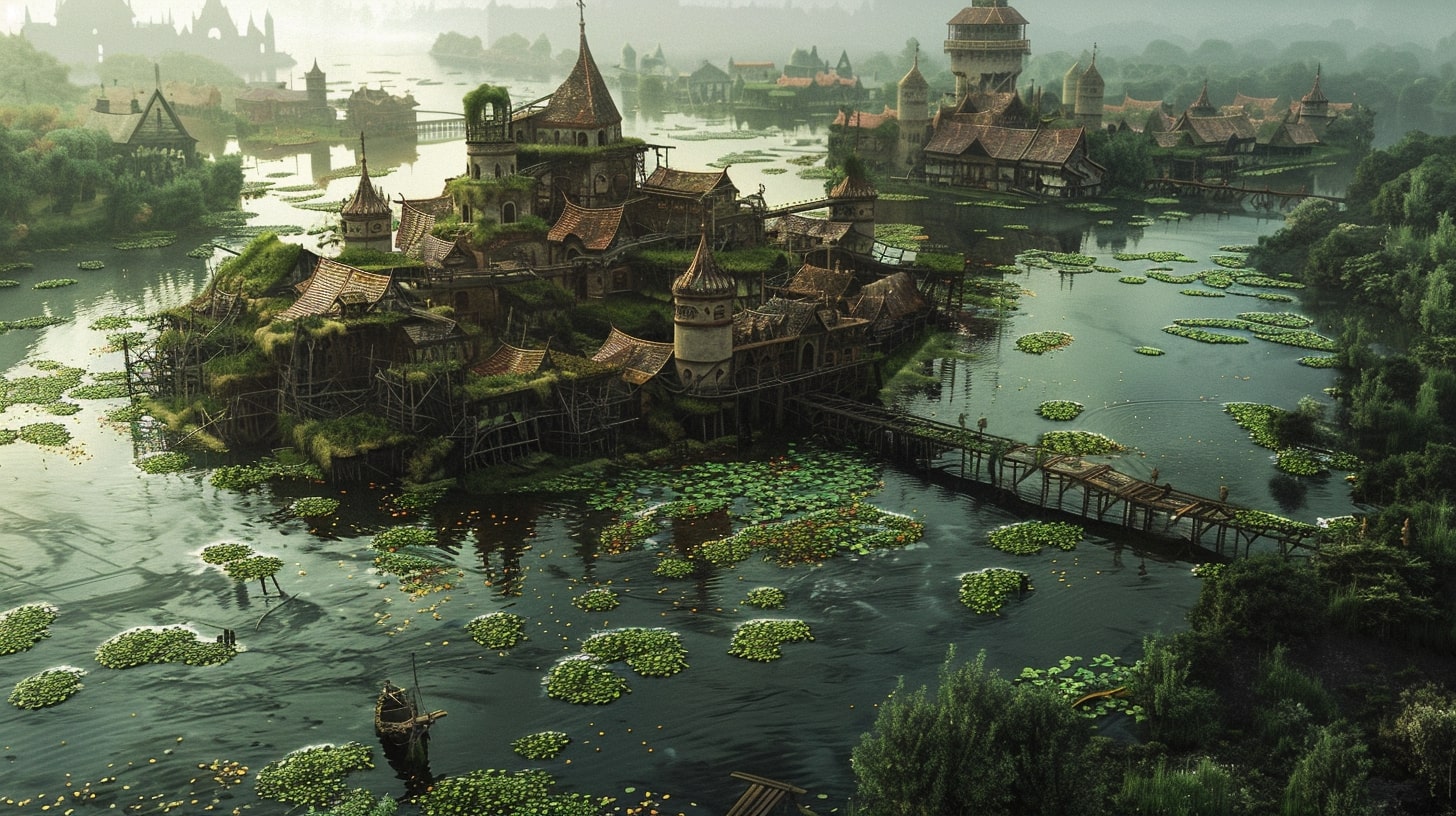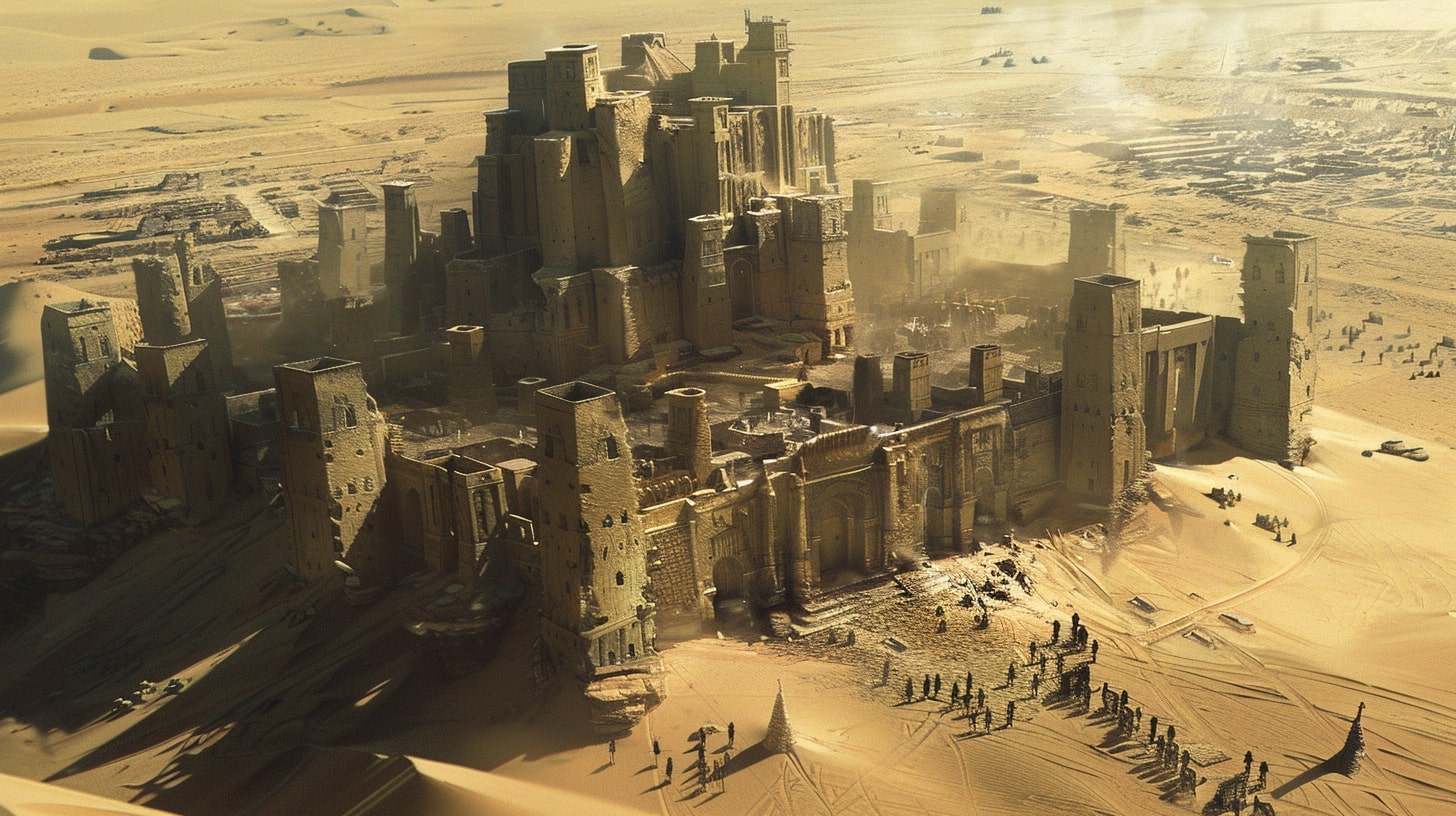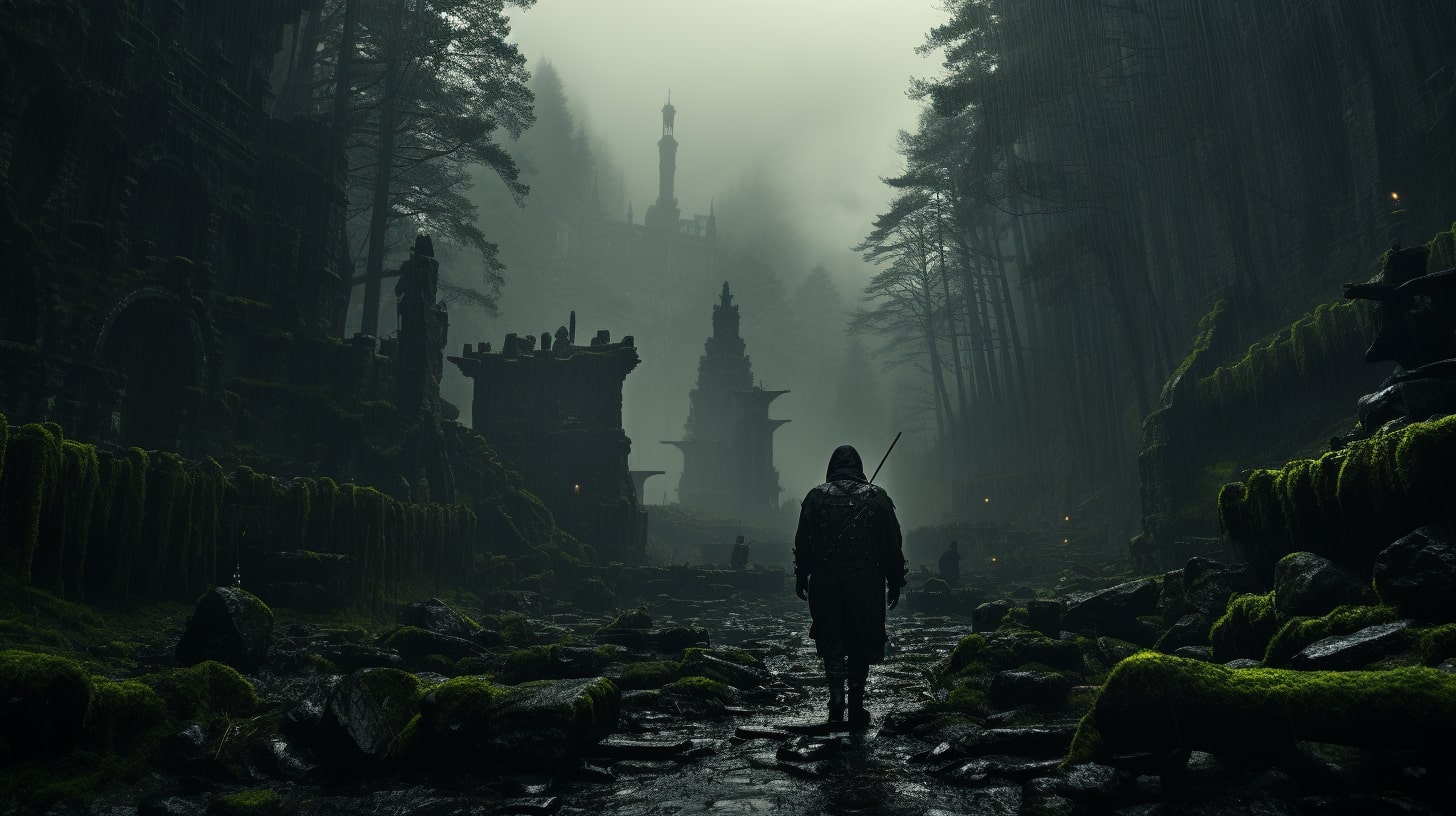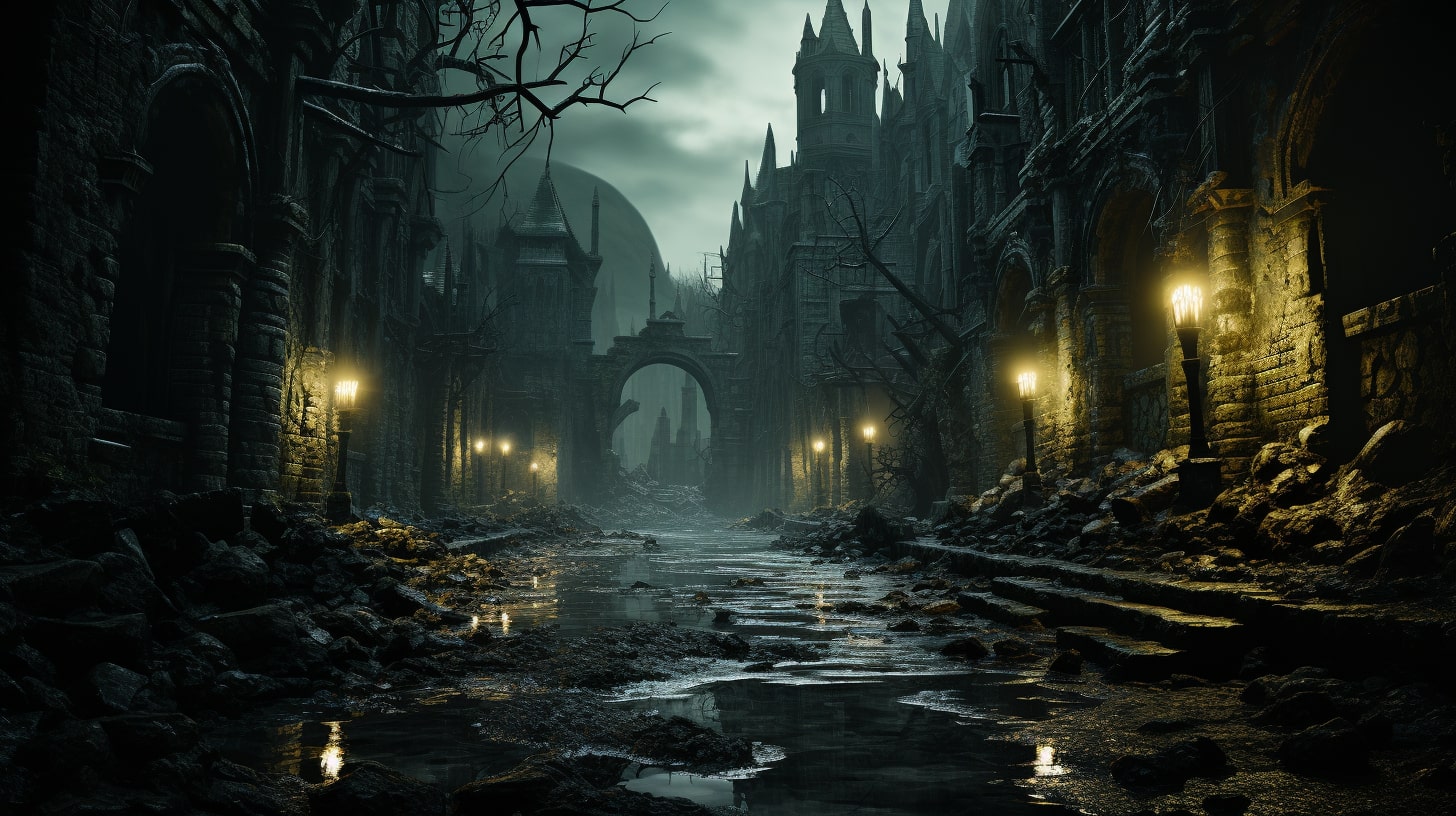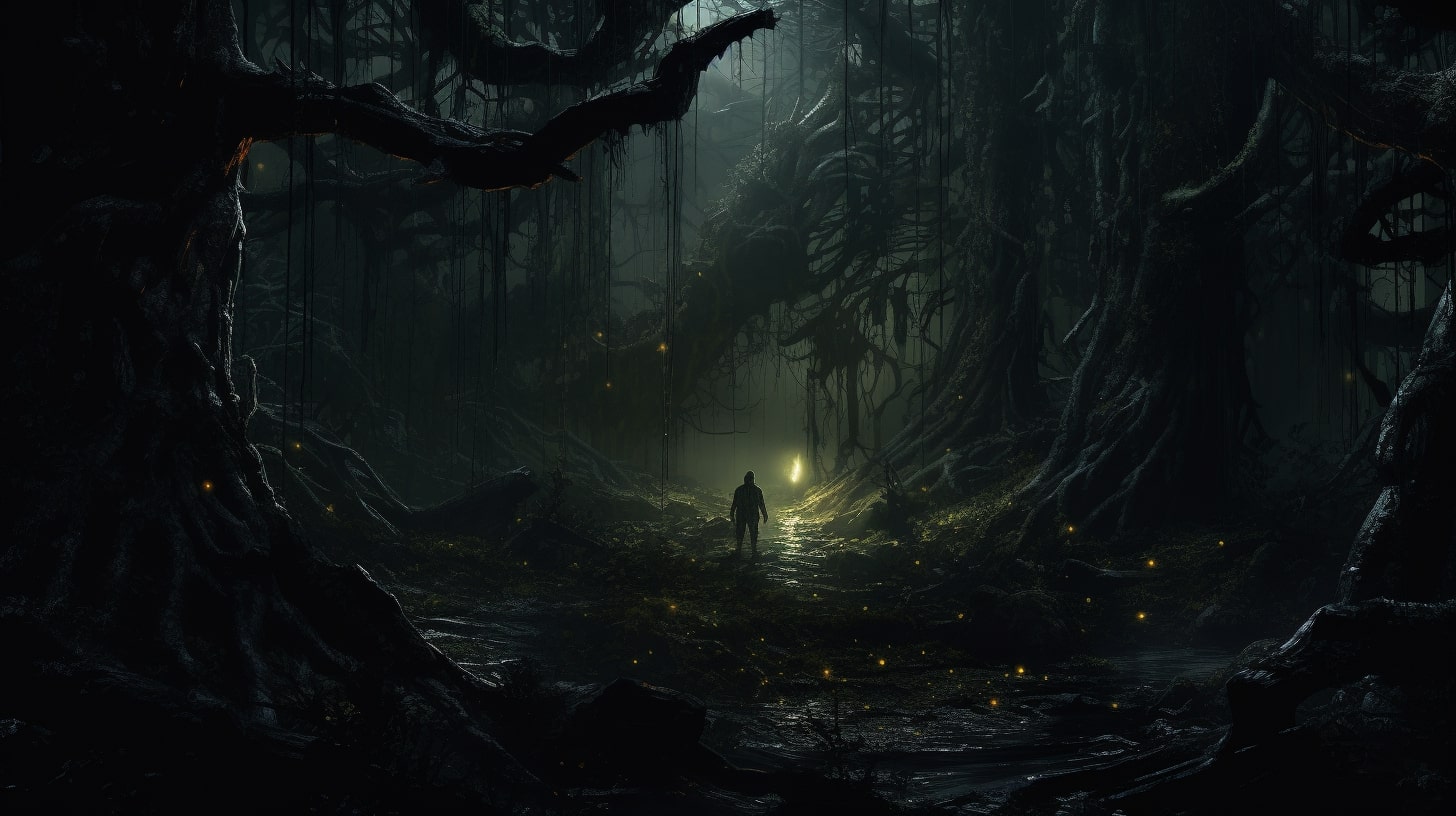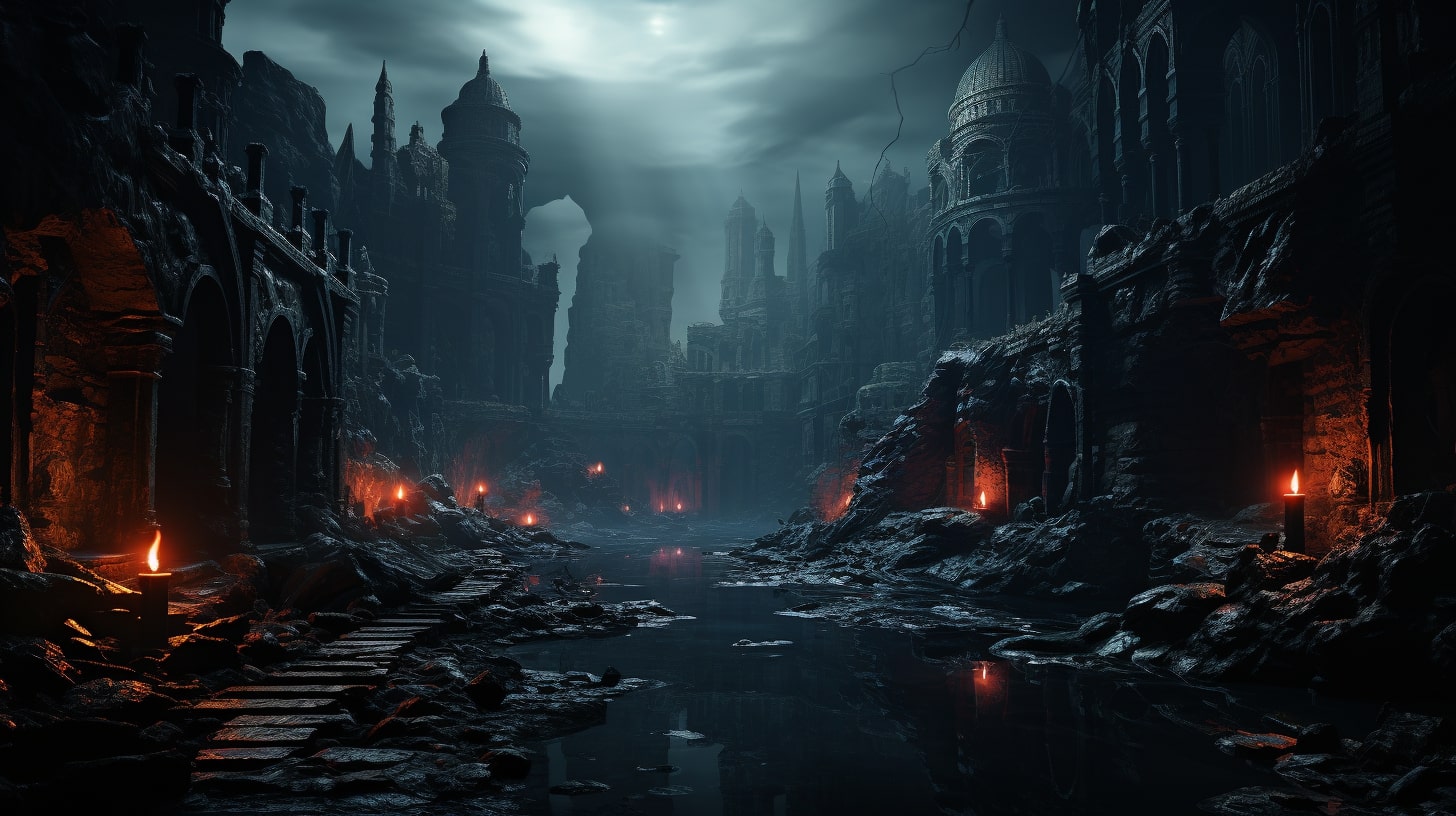In the realm of writing, worldbuilding is a skill that takes you beyond the boundaries of our reality and into the creation of unique and immersive fictional worlds. It is the process of constructing a complete and believable universe for your story to unfold in.
As an author, worldbuilding allows you to craft intricate settings, diverse cultures, and captivating histories that enhance your storytelling and engage your readers. That's why understanding some simple worldbuilding tips can go a long way in helping you craft worlds that people want to experience.
What is Worldbuilding?
Worldbuilding involves the creation of every aspect of a fictional world, from its physical geography to its inhabitants, customs, and even its magic systems. It encompasses the development of settings, cultures, history, religions, technology, and more. By crafting these elements, you bring your story's universe to life, making it a vibrant and cohesive backdrop for your characters and plot.
To dive deeper into the worldbuilding process, you can explore worldbuilding ideas and worldbuilding prompts to spark your creativity. Additionally, our worldbuilding guide and worldbuilding checklist can provide you with valuable insights and tips.
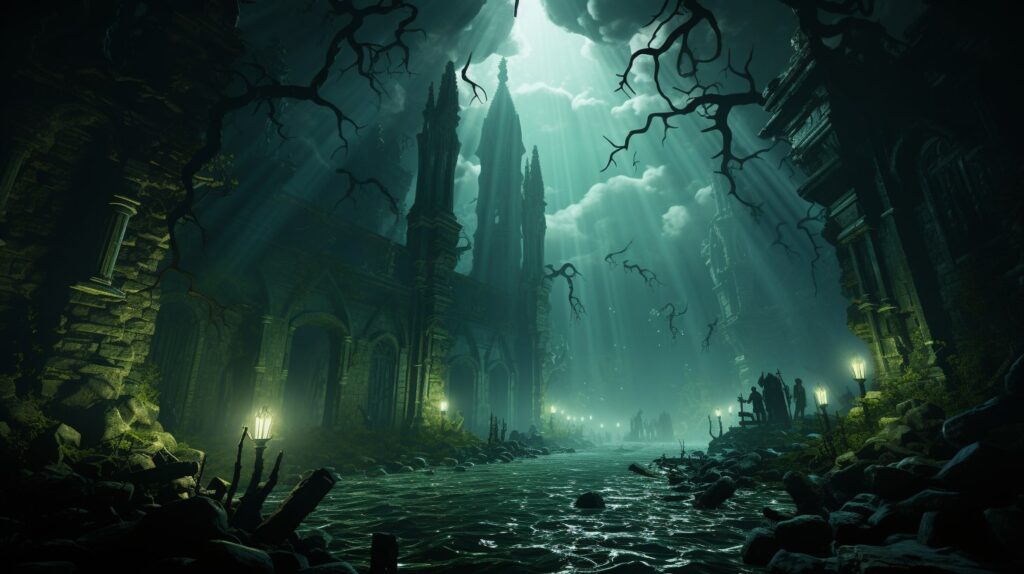
Why Worldbuilding is Important for Authors
Worldbuilding is a fundamental aspect of storytelling, particularly in genres such as fantasy and science fiction. It serves several important purposes for authors:
- Immersive Experience: Well-developed worlds captivate readers and transport them into a different reality. By crafting a believable and detailed setting, you enhance the reader's immersion in your story.
- Character Development: Worldbuilding influences your characters' lives, beliefs, and actions. Their behaviors are shaped by the cultures, histories, and rules of the world they inhabit. Aligning your characters with the world they live in creates a more cohesive and realistic narrative.
- Plot Possibilities: A richly developed world offers endless opportunities for engaging and dynamic storytelling. The unique aspects of your world can inspire conflicts, quests, and adventures that drive your plot forward.
- Reader Engagement: Readers are drawn to intricately crafted worlds that spark their imagination. When your world feels alive and vibrant, it captivates the reader's interest and keeps them invested in your story.
By dedicating time and effort to worldbuilding, you create a solid foundation for your storytelling and elevate the overall quality of your work. Remember to weave your worldbuilding seamlessly into the narrative, avoiding information overload and utilizing a show, don't tell approach. For more guidance on incorporating worldbuilding into your writing, explore our worldbuilding for writers resources.
Now that you understand the importance of worldbuilding, let's delve into the essential elements and expert tips that will help you craft a captivating and believable universe for your story.
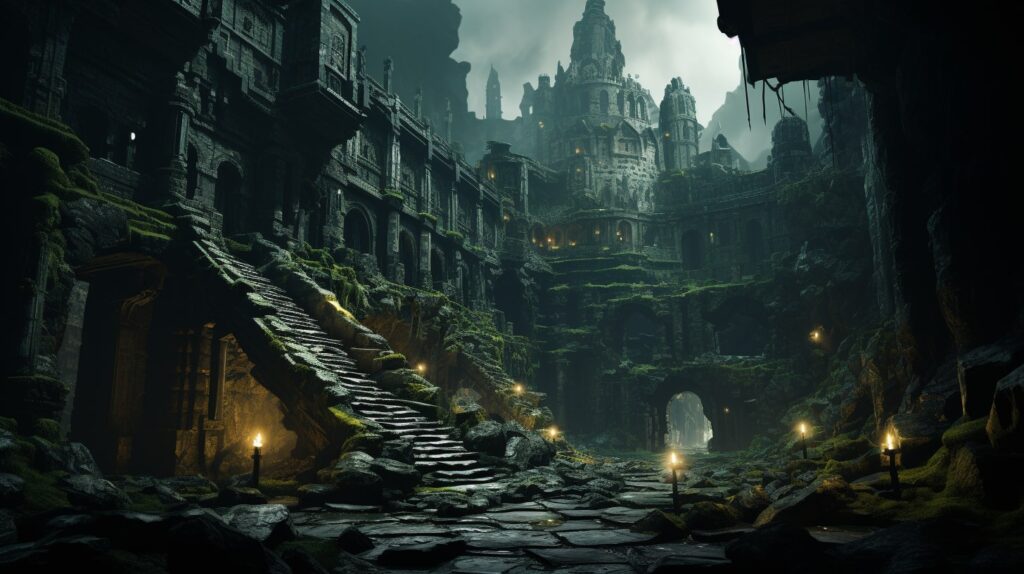
Worldbuilding Tips: The Essential Elements You Can't Leave Out
To create a captivating and immersive world for your story, it's important to focus on three essential elements of worldbuilding: creating a believable setting, developing a rich history and culture, and establishing rules and systems.
Creating a Believable Setting
When crafting your world, it's crucial to create a setting that feels authentic and believable to your readers. Start by considering the physical geography, such as the terrain, climate, and natural features. This will help you establish the foundation for your world's environment and ecosystem. For more guidance on worldbuilding geography, you can check out our article on worldbuilding geography.
Additionally, think about the architecture, landmarks, and cities within your world. These elements contribute to the overall atmosphere and visual imagery of your setting. By providing vivid descriptions and details, you can transport your readers to the world you've created. If you need inspiration or ideas for worldbuilding architecture, our article on worldbuilding architecture can help.
When thinking about Myth Dawn's Voidmoor it's easy to envision a place that lacks life and where the only creatures that are known to reside are the Dreadmares.
Developing a Rich History and Culture
A well-developed history and culture can breathe life into your world and make it feel more realistic. Consider the past events, major civilizations, and historical figures that have shaped your world. This historical backdrop will influence the current state of your world and provide depth to your story. For tips on worldbuilding history, you can refer to our article on worldbuilding history.
Furthermore, delve into the cultures and societies within your world. Explore their traditions, customs, languages, and social structures. By creating unique and diverse cultures, you can add richness and complexity to your story. For more guidance on worldbuilding cultures, our article on worldbuilding cultures can provide useful insights.

Establishing Rules and Systems
To maintain consistency and coherence in your world, it's essential to establish rules and systems that govern how things work. This includes magic systems, technology, political structures, and even the laws of physics. By defining these rules, you create a framework that guides both your characters and the plot. If you need assistance with worldbuilding magic systems, our article on worldbuilding magic system can offer valuable information.
Consider how your world's systems and rules interact with each other. The interconnectedness of these elements adds depth and realism to your world. For example, the availability of resources may influence the development of technology, which in turn affects the political landscape. By considering these relationships, you can create a more coherent and immersive world.
By focusing on these essential elements of worldbuilding, you can craft a vibrant and engaging world for your story. Remember to pay attention to the details, weave the worldbuilding seamlessly into your narrative, and avoid overwhelming your readers with excessive information. With careful planning and creativity, your world will come alive and captivate your readers from the first page to the last.

Expert Worldbuilding Tips
When it comes to worldbuilding, there are several tips and techniques that can help you create a rich and immersive fictional world for your readers. Here are three expert tips to consider:
Start with the Basics
When embarking on your worldbuilding journey, it's essential to start with the basics. Begin by defining the fundamental aspects of your world, such as its geography, climate, and history. Consider the different races or cultures that inhabit your world and how they interact with each other. This foundation will serve as a solid framework for the rest of your worldbuilding process.
To develop your world's geography, you might find it helpful to create maps to visualize the different regions and their features. Additionally, establishing a timeline of significant historical events can add depth and authenticity to your world. For inspiration and ideas, check out our article on worldbuilding basics.
Consider the Interconnectedness of Elements
One key aspect of successful worldbuilding is considering the interconnectedness of different elements within your world. Think about how the geography and climate influence the development of cultures, religions, and economies. For example, a coastal region might have a culture centered around fishing and seafaring, while a desert region might have a nomadic culture focused on survival in arid conditions.
By exploring the cause-and-effect relationships between various aspects of your world, you can create a more cohesive and believable setting. This interconnectedness adds depth and realism to your world, making it more engaging for your readers. For more insights and techniques, our article on worldbuilding cultures can provide valuable guidance.
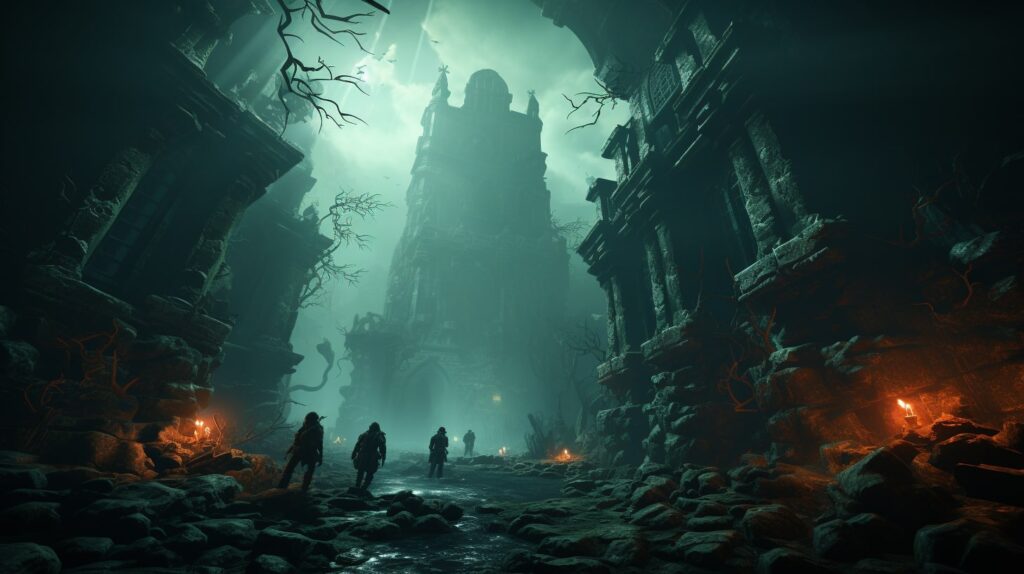
Pay Attention to Details
When it comes to worldbuilding, the devil is in the details. Small, intricate details can make your world come alive and resonate with your readers. Consider the little things that make your world unique, such as architecture styles, fashion, food, and customs. These details not only add depth to your world but also provide opportunities for character development and storytelling.
For example, the architecture of a city can reveal its history, values, and social structure. The clothing worn by different characters can reflect their culture, occupation, or social status. By paying attention to these details, you create a more immersive experience for your readers. Our article on worldbuilding architecture can offer further insights and inspiration.
By following these expert worldbuilding tips, you can craft a compelling and believable fictional world for your readers to explore. Remember to start with the basics, consider the interconnectedness of elements, and pay attention to the rich details that bring your world to life. Happy worldbuilding!

Building Realistic and Dynamic Characters
In the realm of worldbuilding, building realistic and dynamic characters is just as important as creating a believable setting. Characters are the heart of any story, and they play a crucial role in bringing your world to life. Here are some tips to help you craft compelling characters that align with your world.
Aligning Characters with the World
When creating characters, it's essential to ensure that they are aligned with the world you've built. Consider the cultural, social, and historical aspects of your world and how they shape the characters' identities, beliefs, and behaviors. Characters should reflect the values and norms of the world they inhabit. This alignment adds depth and authenticity to your storytelling.
To achieve this alignment, ask yourself questions such as:
- How does the world's history influence the characters' backgrounds and experiences?
- What cultural practices or traditions shape their behavior and interactions?
- How do the characters navigate the social hierarchies or structures within the world?
Exploring these aspects will help you create characters that feel organic and integrated within the larger context of your world.

Exploring Different Perspectives and Cultures
One of the joys of worldbuilding is the opportunity to explore diverse perspectives and cultures. Embrace the richness of your world by incorporating characters from different backgrounds and cultures. By doing so, you not only add depth and complexity to your story but also promote diversity and representation.
Consider including characters with varying ethnicities, languages, religions, and social backgrounds. This diversity can lead to fascinating interactions and conflicts, and it allows you to explore different facets of your world. Be mindful of avoiding stereotypes and caricatures by crafting well-rounded and nuanced characters.
Remember, diverse characters contribute to a more inclusive and engaging narrative, resonating with a wider range of readers.
Incorporating Diversity and Representation
Incorporating diversity and representation goes beyond just the characters themselves. It also involves the relationships, interactions, and dynamics between characters. By showcasing diverse relationships, friendships, and conflicts, you create a vibrant tapestry that reflects the complexities of the world you've built.
Consider the intersectionality of your characters – how their identities and experiences intersect and influence one another. This can include exploring the challenges faced by characters based on their gender, race, sexuality, or abilities. By doing so, you create opportunities to address important social issues and foster empathy among your readers.
Remember, representation matters, and by including diverse characters and storylines, you contribute to a more inclusive and meaningful narrative.
By aligning your characters with the world, exploring different perspectives and cultures, and incorporating diversity and representation, you can create compelling and relatable characters that enhance your worldbuilding efforts. Remember to develop their backgrounds, motivations, and arcs in a way that complements the larger narrative. With well-crafted characters, your world becomes more immersive and your readers will be eager to embark on the journey you've created.

Balancing Worldbuilding and Storytelling
When it comes to incorporating worldbuilding into your storytelling, finding the right balance is key. Avoiding information overload, weaving worldbuilding into the narrative, and adopting a show, don't tell approach are essential techniques to ensure a seamless integration of your worldbuilding elements.
Avoiding Information Overload
While it's tempting to share every intricate detail of your world, bombarding readers with excessive information can overwhelm and detract from the story. To avoid information overload, consider revealing worldbuilding details gradually and organically throughout the narrative. Introduce elements that are essential to the plot or character development, allowing readers to immerse themselves in your world without feeling overwhelmed. By prioritizing the relevance of information, you can maintain a balanced and engaging storytelling experience.
Weaving Worldbuilding into the Narrative
Instead of providing lengthy exposition or standalone worldbuilding chapters, strive to seamlessly integrate worldbuilding details into the narrative. Incorporate descriptions of the setting, culture, and history as the story unfolds naturally. For example, rather than describing the entire political structure of your world in one go, reveal it through conversations, events, or character interactions. By intertwining worldbuilding with the storytelling, you can create a more immersive and engaging experience for your readers.
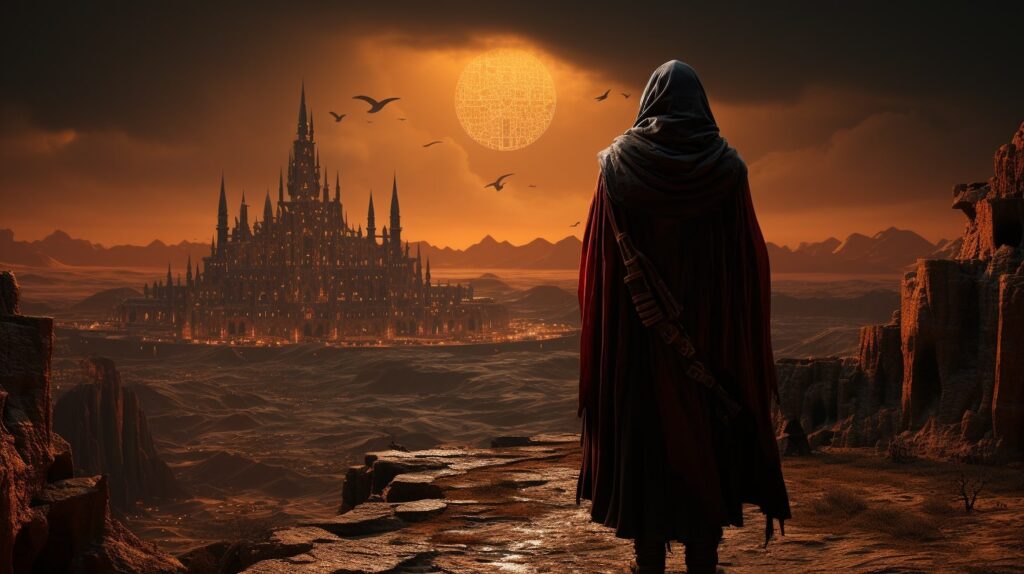
Show, Don't Tell Approach
One of the most effective techniques in worldbuilding is the show, don't tell approach. Instead of explicitly explaining every aspect of your world, allow readers to discover and infer details through the actions, dialogue, and experiences of your characters. Paint vivid scenes that evoke the atmosphere and customs of your world, enabling readers to visualize and immerse themselves in the story. This approach not only engages the reader but also fosters a sense of discovery and connection with your world.
By striking a balance between worldbuilding and storytelling, you can create a captivating narrative that transports readers into your carefully crafted world. Remember to avoid overwhelming readers with excessive information, weave worldbuilding seamlessly into the narrative, and adopt a show, don't tell approach. These techniques will help you create a harmonious blend of worldbuilding and storytelling, captivating your audience and bringing your fictional world to life.

Overcoming Challenges in Worldbuilding
Worldbuilding is a complex process that comes with its own set of challenges. As an author, it's important to be aware of these challenges and find effective ways to overcome them. Here are three common challenges that authors face in the worldbuilding process: handling exposition, managing scope and scale, and ensuring continuity and consistency.
Handling Exposition
One of the biggest challenges in worldbuilding is how to effectively convey information about your world to your readers without overwhelming them with excessive exposition. It's important to strike a balance between providing enough information for readers to understand the world and leaving room for their imagination.
To handle exposition effectively, consider integrating information about your world naturally into the narrative. Instead of long info-dumps, incorporate details organically through character interactions, dialogue, and the unfolding of the story. Show rather than tell, allowing readers to discover and piece together the intricacies of your world as they progress through the story. By doing so, you create a more engaging and immersive experience for your readers.
Managing Scope and Scale
Worldbuilding often involves creating vast and intricate worlds with numerous elements and aspects. However, it's essential to manage the scope and scale of your world to avoid overwhelming yourself and your readers.
Start by defining the boundaries of your world and focusing on the aspects that are most relevant to your story. Prioritize the elements that contribute directly to the plot and character development. By doing this, you can maintain a clear and coherent world without getting lost in unnecessary details.
If you find yourself struggling with managing the scope and scale, consider creating a worldbuilding checklist to help you stay organized and focused on the essential elements of your world.
Continuity and Consistency
Maintaining continuity and consistency throughout your world is crucial to ensure a believable and immersive reading experience. Readers appreciate a world that feels coherent and logical, where cause and effect are consistent and predictable.
To achieve continuity and consistency, keep detailed notes about your world as you build it. Create a worldbuilding timeline to track historical events and the evolution of your world. Establish clear rules and systems that govern the functioning of your world and ensure that they remain consistent throughout your narrative.
Regularly refer back to your notes to avoid contradictions and inconsistencies. Continually ask yourself if the choices you make in your world align with the established rules and history. By doing so, you create a solid foundation for your world and maintain its integrity.
Overcoming the challenges in worldbuilding requires careful planning, attention to detail, and a commitment to consistency. By handling exposition effectively, managing the scope and scale of your world, and ensuring continuity and consistency, you can create a vibrant and immersive world that captivates your readers. Happy worldbuilding!



